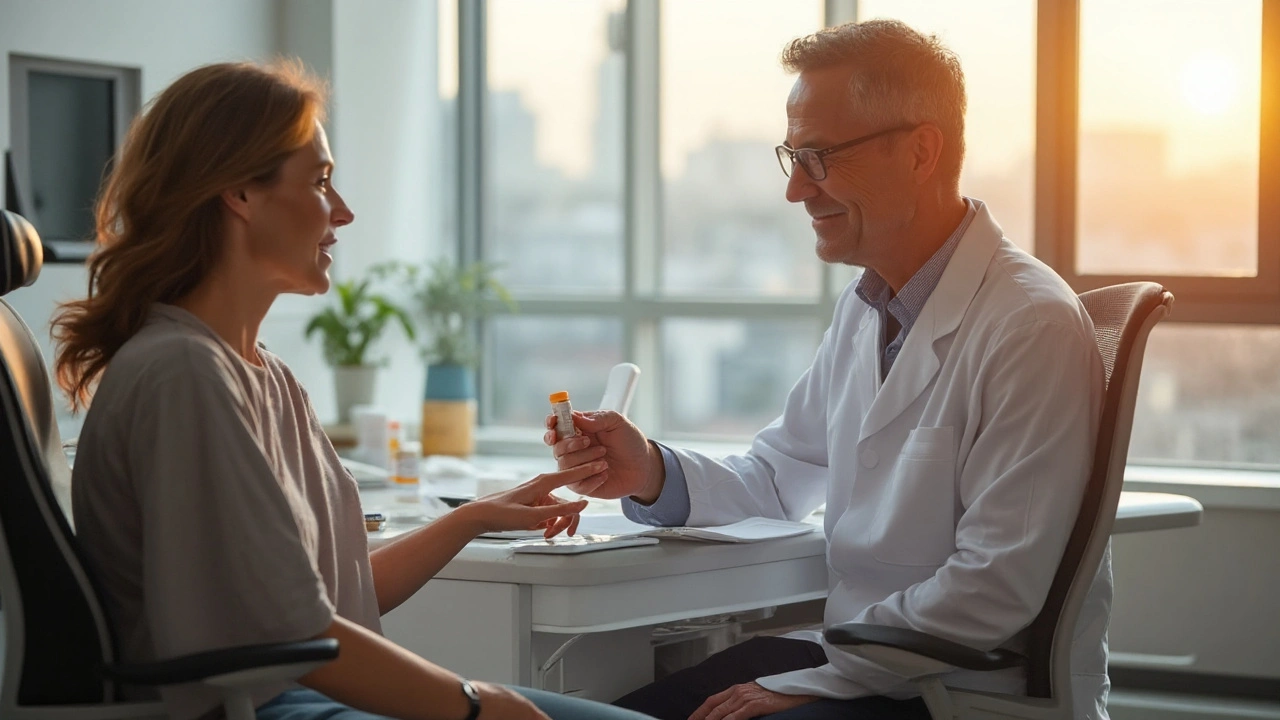Drug Risk: What You Need to Know Before Taking Any Medicine
Ever wonder why a pill that works for one person can cause trouble for another? The answer usually lies in drug risk – the chance that a medication will cause side effects, interact badly, or be counterfeit. Understanding these risks saves you headaches, hospital visits, and wasted money.
First off, always read the patient information leaflet. It lists the most common side effects (like nausea or drowsiness) and the rare but serious ones (such as liver damage). If a symptom feels out of the ordinary, stop the drug and call your doctor. Ignoring early warning signs can turn a mild issue into a major health problem.
Common Types of Drug Risks
There are three big categories to watch. Side effects are the body’s direct reaction – think rash, headache, or dry mouth. Drug interactions happen when two meds, or a med and a food, mess with each other’s metabolism, often raising or lowering blood levels. Finally, product safety covers counterfeit or improperly stored drugs that might contain the wrong ingredient or a harmful contaminant.
For example, taking a blood thinner like warfarin with ibuprofen can increase bleeding risk. Or mixing an antidepressant with certain over‑the‑counter cold meds may cause a dangerous rise in serotonin. A quick online check of a drug’s interaction list can prevent these scary scenarios.
How to Protect Yourself
Start with a simple checklist before you fill any prescription. 1) Verify the doctor’s order – do you really need this drug? 2) Ask your pharmacist about known interactions with your current meds. 3) Check the pharmacy’s credentials if you’re buying online; look for a licensed, verified site and read reviews.
When you receive the medication, inspect the packaging. The label should match the prescription, the expiry date must be clear, and the pill shape/color should be the same as shown in the leaflet. If anything looks off, contact the pharmacy right away.
Keep an updated list of everything you take – prescription drugs, vitamins, herbals, and even occasional supplements. Show this list to any new healthcare provider. A complete list helps them spot hidden interactions you might miss on your own.
Don’t forget lifestyle factors. Alcohol can amplify the sedative effect of many meds, while grapefruit juice can block enzymes that break down certain drugs, causing them to build up to unsafe levels. Simple habits like taking meds with food or at a consistent time can reduce many side‑effect risks.
Finally, trust your gut. If a medication feels wrong, or you notice a new symptom, reach out to a professional immediately. Early action is the best defense against serious drug risk, and it often means a quick adjustment rather than a long‑term health issue.
Staying informed, double‑checking sources, and maintaining open communication with your healthcare team turn the odds in your favor. Drug risk doesn’t have to be a mystery – it’s just another part of taking charge of your health.

